If your brand is just chipping in to say “hey, yeah, what they said,” you probably don’t have much of a message.
Smart brands listen for what matters most
Stop telling stories and promoting. Start understanding what makes your organization important. That’s especially true during a global pandemic.
Six surefire tips to doom your brand rollout
This year another set of newly-vested University Presidents will roll out strategic plans for their institutions. Most will include some form of branding or “re-branding” (whatever that means). Many, if not most, will fail.
Five testing myths higher ed buys into (and how to fix them)
Want to get your design the respect it deserves? This article decodes the myths that higher ed continues to buy into.
Hiding your cost is not fooling your students
What does a spotty financial aid message cost you? The numbers add up quickly.
I’ve been thinking about short-sighted marketing trends lately, and that got me thinking The Dead.
To make the cliché a little more relevant, we decided to draw up our own Ninth Circle of (Marketing) Hell, except, ours is a cycle, and we’re more than happy to help you out of it.
What makes a professional a professional?
Professionalism is important if you’re an executive vice president or a new, entry-level hire. It is often the difference between people who receive more opportunity and those who do not. So, what is a professional?
Even a quick look at our websites reveals that these students are succeeding in spite of us and not because of us. Before I sat down to write this article, I browsed a number of institution’s websites and marketing efforts, and, beyond a few select photos of Hispanic students “having totally normal fun like they always do out on the quad” with a group of equally-diverse-and-totally-not-selected-by-the-school’s-marketing-team-students, I found little or nothing that actually spoke to this large, important part of our higher ed community.
Most of us aren’t part-time IT geniuses, but here’s the good news: You can successfully implement a CRM without being a tech whiz. Implementation is a process.
This is a framework for creating an effective campus visit program. It’s short for a reason – it’s just a starting point, a set of fundamentals that help you to measure the creativity and effectiveness of the campus visit process. Start here and build from there. Remember, you only get one chance to make a first impression!
I was recently asked to compile a list of essential business books. I considered focusing on my area of expertise, marketing, or even gearing it toward enrollment management, but I instead decided to focus on a broad, conceptual idea of how the modern working world works. My thinking is that so many business books quickly become dated. These are, as they say, classics, that have stood the test of time because they have quality instruction.
For many colleges and universities, the old message – that college is a time of exploration and self-reflection – is no longer an economic reality for students. Simply getting a bachelor’s degree will not exclude students from the workforce’s hurdle, even in great times. It’s important that you are talking substantively about how your university differs or excels in areas that supplement the classroom experience.
Once you’re out there training and advocating for your university's branding efforts, you’ll start to hear a few of the same branding objections over and over again. Here are some tips on how to identify them and how to answer them.
Some brick-and-mortar stores are winning the fight to capture buyer's attention, and universities can, too. Here are a few strategies retailers have adopted to recapture engagement of consumers.
Six tips to build better communications funnels
The key to great communication flows is focus. Each piece of communication should do one specific, measurable thing: Ask a student to apply, explore majors or estimate their cost with a net price calculator. Take time to define your conversions ahead of time. If a piece doesn't have a purpose, lose it.
Unless we fundamentally change our approach to the design process, we may never rise above mediocre work. Better results start with change.
I’ve watched the higher ed advertising process, and I believe that there are two main reasons why most higher education advertising campaigns are forgettable. First, institutions have not taken the time to clearly define their brands. The second is that many higher education marketing professionals do not understand how to most effectively work with advertising agencies. Here are some tips to help you get better work from your agency:
You see, it’s not enough to be clever. You have to be good. If you’re in the higher ed marketing game, that means you have to understand your target audience better than anyone else at the university. It means you have to take a collaborative role in the entire funnel, from prospect awareness right down to the phone call an admissions counselor has with that student.
The difference between brand message, voice and tone
The concepts of brand message, voice and tone were essential when I worked as a university digital content writer, and they are equally important for anyone who writes for a university brand, or anyone who relies on the brand to deliver results.








